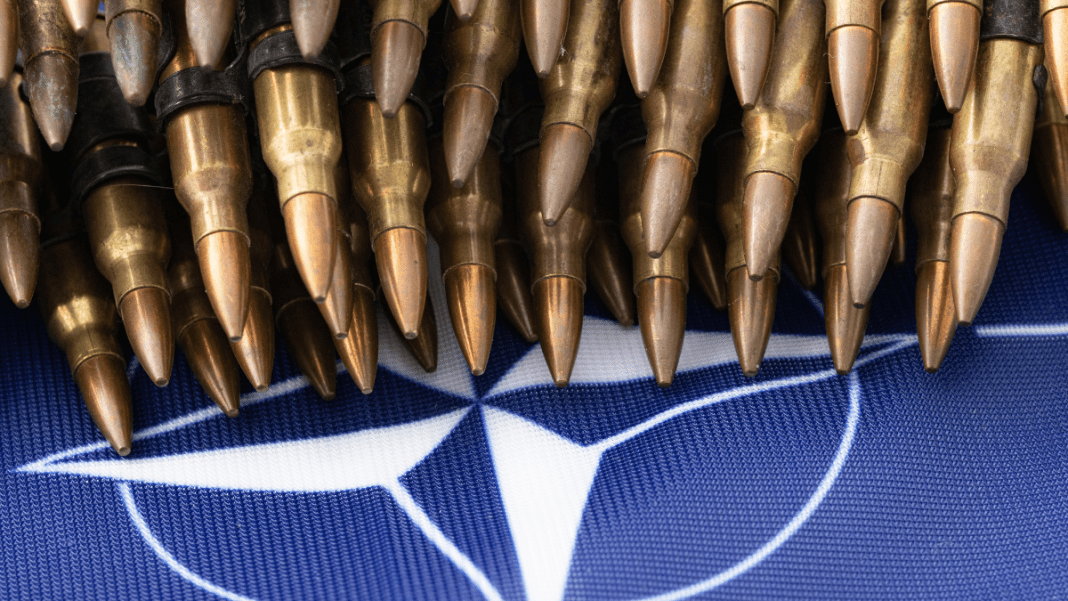In July 2025, NATO nations took a major step in boosting their collective defense strategy. Key government bodies in the United Kingdom and the European Parliament have endorsed a new international financial institution called the Defense, Security and Resilience Bank (DSRB). The idea is simple but powerful — to use global finance to strengthen national and international defense systems.
New International Bank to Strengthen Defense Funding
The DSRB will help countries deliver on their commitment to spend 5% of GDP on defense and security. This is not just about buying weapons. It’s about building a secure, long-term system that can deal with new and rising threats.
The main goal of the DSRB is to gather and direct money from capital markets to support readiness, deterrence, and collective security. In today’s complex world, security threats do not only come from battlefields. Threats can appear in cyberspace, global supply chains, and even in energy systems. The DSRB aims to provide financial tools that make allied nations stronger and better prepared.
This new institution is being set up with wide international support. Members of the European Parliament recently voted in favor of creating the DSRB. Their resolution supports the bank’s purpose: to fund important defense procurement, modernize existing defense systems, and ensure strong supply chains for weapons and equipment across NATO countries, the EU, and Indo-Pacific allies.
Red Line Crossed: NATO Bases Now Just Miles from Russia’s Border — Kremlin Issues Stark Warning
DSRB Will Support Resilient Supply Chains and Infrastructure
The DSRB is not being built as a normal commercial bank. Instead, it is being developed by a nonprofit group known as the DSRB Development Group. This team is working with bankers, defense investment experts, legal teams, and policymakers to design a financial system that works specifically for defense needs.
The bank’s mission includes creating a strong infrastructure that can support the defense supply chain. This includes everything from parts for military aircraft to communication systems and high-tech defense tools. The goal is to make sure allied nations are never short of equipment or resources when they need them most.
🔥 NATO ramps up weapons flow to Ukraine as Trump warns Russia — Kremlin says it’s not afraid
Many countries that rely on imported equipment or shared supply chains have faced challenges during times of crisis. By setting up a bank focused only on defense and security resilience, the DSRB will aim to avoid such problems in the future.
To do this, the DSRB will collaborate with key financial players. This includes international banks that bring expertise in lending, investment planning, risk management, and global financial markets. These banks will help shape the DSRB’s tools and methods so that the institution can attract private capital in a secure and stable way.
Global Banks Join to Build the Defense-Focused DSRB
Currently, the DSRB is being supported by several major financial institutions including Commerzbank, ING, JPMorgan Chase, Landesbank Baden-Württemberg, and RBC Capital Markets. These banks are not just funding partners — they are also helping to design financial instruments for the DSRB to use.
This includes sovereign lending, ratings guidance, and capital structuring. Such tools will help the DSRB offer secure, long-term financial products to participating countries and agencies.
These financial institutions will also help make the DSRB attractive to private investors. By building confidence in the structure, they aim to bring in more capital for critical defense projects. Global banks are showing their participation as a clear sign that the financial world now treats defense not only as a public duty but also as a financial responsibility.
🇳🇱 Netherlands shocks NATO—becomes first to fund $540M weapons for Ukraine
In the coming weeks, more banks and investment groups plan to join this initiative and contribute their support and expertise. Organizers expect to announce a second wave of partners before they begin formal discussions on the bank’s structure in early September.
The team behind this new defense bank is working to redefine how countries fund defense in the 21st century. While the old model relied mainly on government spending and industrial production, the new approach will involve financial partnerships, capital market access, and a focus on long-term security solutions.

